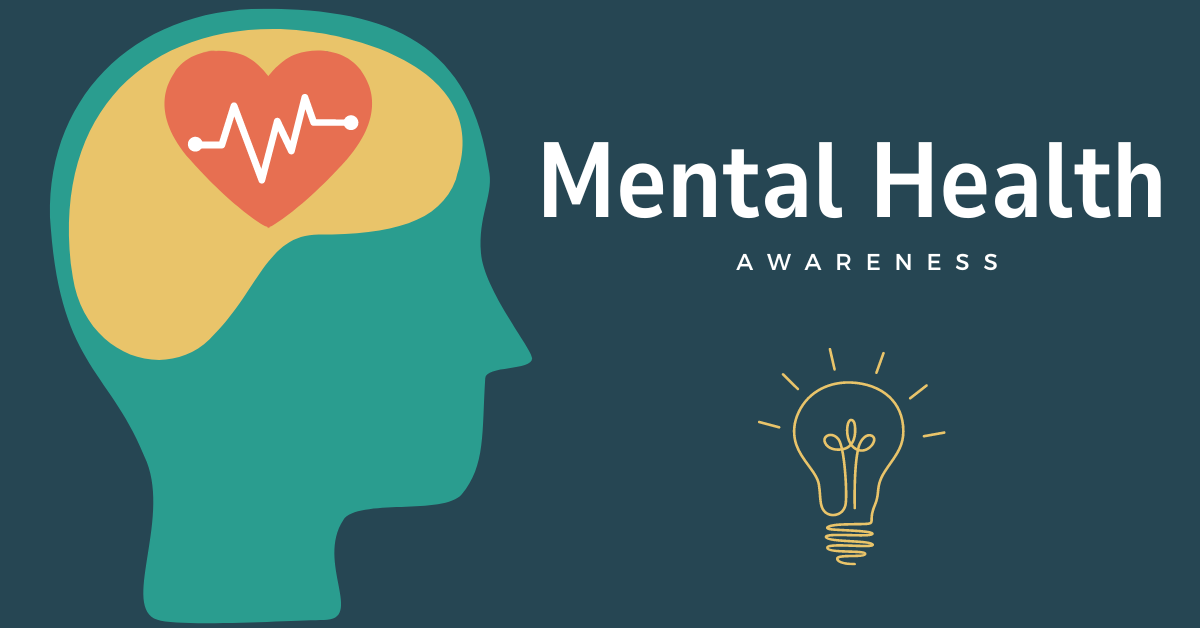An article published on the JAMA Psychiatry in late February reported findings that bullying can be damaging to both victims and bullies. It found that victims of bullying were at a higher risk for agoraphobia, generalized anxiety, and panic disorder. It found that people that were both bullies and victims were also at an increased risk of young adult depression, panic disorder, and suicide. Suicidal victims included recurring thoughts of death, suicidal ideation, or a suicide attempt. This report showed that bullies themselves were also at risk for developing an antisocial personality disorder.
According to an article published by Medical News Today, Agoraphobia is characterized by the fear of being in places where there is a chance of having a panic attack that people may witness and places where getting away rapidly may be difficult. These people tend to avoid crowded places and avoid spaces such as airplanes where they are unable to escape. It could be such a severe case where the victim feels they are only safe in their own home. Studies have shown that approximately 1.8 million American adults age 18 and over have agoraphobia without a history of a related panic disorder. According to the National Institute of Mental Health (NIMH), Agoraphobia surfaces around age 20, shortly after high school graduation.
Generalized Anxiety Disorder (GAD), another disorder recently traced to bullying victims, is when people take worrying to the extreme. According to NIMH, GAD can cause heavy anxiety about making it through the day along with penissimism relating to everyday tasks. Other symptoms of GAD include having trouble falling asleep and staying asleep, headaches, and various other effects which can be found here.
Panic disorder is a possible effect of bullying characterized by constant fear. Panic attacks also include a fear of disaster or of losing control in times where there is nothing to fear. It could feel like a heart attack is happening. Panic attacks can occur at anytime without notice. People who have this disorder often worry about having another panic attack. Victims may become discouraged and feel ashamed while performing basic tasks such as going to the grocery store or driving. Panic disorder can also interfere with schoolwork in students. Signs and symptoms of panic disorder can be found here.
One of the more common effects of bullying is depression. This is an extreme feeling of sadness over a long period of time. According to NIMH, depression is a serious illness and is very common in high school students. There are different forms of depression which can be found here. Depression is such a serious issue that schools now educate students on it. Major depression can interfere with a person’s ability to do simple tasks such as falling asleep, studying, eating, and enjoying once-pleasurable activities. Major depression disables and prevents a person from functioning normally, according to NIMH.
Bullies themselves are at risk for developing antisocial personality disorder. Victims of this disorder may disregard social norms and laws, lie often, place others in danger for their own benefit, and demonstrate lack of remorse. It can also be referred to as sociopathic personality disorder. According to NIMH, people that have antisocial personality disorder are more likely to end up in jail because their behavior is often criminal. More information on antisocial personality disorder including symptoms, signs, and tests can be found here.
According to the Bullying Statistics organization, about one in four kids in the United States are bullied on a regular basis. They reported that in a recent SAFE survey, teens in grades six through ten are most likely to be involved in bullying. About thirty percent of students in the United States are involved in bullying on a regular basis either as a victim, bully or both. Verbal bullying is the most common type in schools with statistics that show about 77 percent of students experiencing this in some way. Statistics also show that 14 out of the 77 percent will experience poor self-esteem, or develop a condition such as depression, anxiety, or suicidal thoughts. More schools bullying statistics can be found here.
Bullying statistics from 2010 show that about 160,000 students a day miss school due to fear of being bullied. In 2010, around 2.7 million students were bullied and around 2.1 million students were bullies. 56 percent of students have witnessed bullying at school. 71 percent of students reported that bullying is a continuing problem. Around 282,000 students have reported being attacked in high schools throughout the United States each month. More bullying statistics from 2010 can be found here. In around 85 percent of bullying cases, there is no interference made by a teacher or administrator to stop bullying from taking place.
Manual students are required to watch an annual suicide prevention video that discusses ways to deal with bullying and depression. For more information on bullying, visit the NIMH website here.



